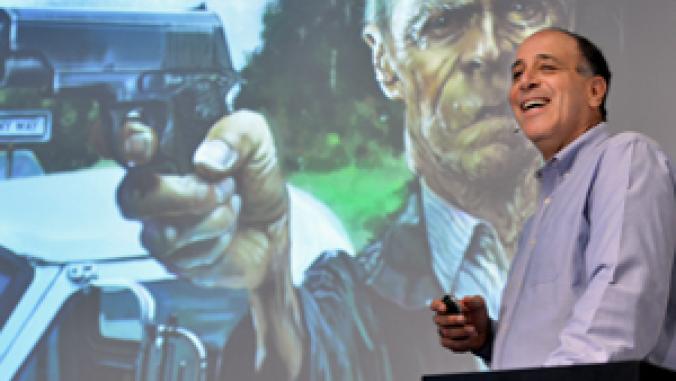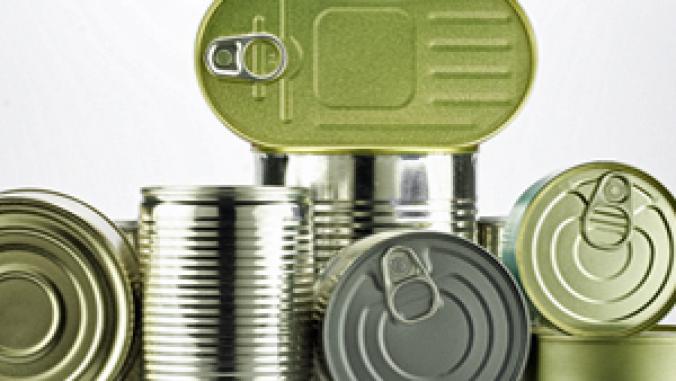The World's First Green Revolving Door: A Good Turn Generates Energy
Ever feel like you're going around in circles and not doing anyone much good? Boon Edam has found a use for that wasted energy. It's created the world's first revolving door that generates energy with every turn.
Ever feel like you're going around in circles and not doing anyone much good? Royal Boon Edam Group Holding B.V. of the Netherlands has found a use for that wasted energy. It's created the world's first revolving door that generates energy with every turn.
Boon Edam developed its door for the Driebergen-Zeist railway station in the Netherlands, which was recently revamped by the green architecture and design firm RAU. The refurbished station that serves about 8,500 commuters daily includes a restaurant, a tourist and visitor information center and Boon Edam's door, which leads to the cafe.
Boon Edam is a world leader in what it calls entrance technology — manual and automatic revolving doors, security doors and portals, pedestrian security lanes (think public transportation entry aisles), turnstiles, access gates and high-impact vehicle barriers.
The manually operated green revolving door, which Boon Edam calls the Tourniket and says will save 4600 kWh per year, works like this:
The door is equipped with a generator, which controls the turning speed of the door is driven by human energy. The power generated when people travel through the door is stored in capacitors and also used to operate low-energy LED lights that illuminate the system.
Lighting mounted in the ceiling enables people to view the workings of the machine. They can also see how much energy they're producing by looking at color-coded LED scales mounted on the door posts. Walking through the door at a normal to brisk pace produces a green light. Sauntering through the door produces an orange or red light, depending on how slowly one moves.
"The public has responded very well to this door," said Door Systems Product Manager Dirk Groot in an email responding to questions from GreenBiz and GreenerBuildings. "The concept makes people curious, so users tend to keep on walking in circles to find out what is going on.
"We noticed that the Human Powered Energy Stickers in the curved walls, the Energy LED indicators at the end posts, and the glass ceiling that makes the technology visible are all contributing to make users aware they are actually saving energy by using the door. We have had many requests for this door over the past few weeks."
The firm has not yet decided whether to include the door in its product portfolio, but it will be featured at the February 2009 Building Exhibition in Utrecht, Groot said.
Other recent news about harnessing people power to generate energy include the debut of piezoelectric dance floors in July at Surya Club4Climate in London and in September at Club WATT in Rotterdam. This month, the East Japan Railway Company began a broad pilot of piezoelectric flooring at ticket gates in Tokyo Station. The pilot is an expansion of tests that began two years ago of the technology that captures energy created from footfalls and other pressure on flooring.





